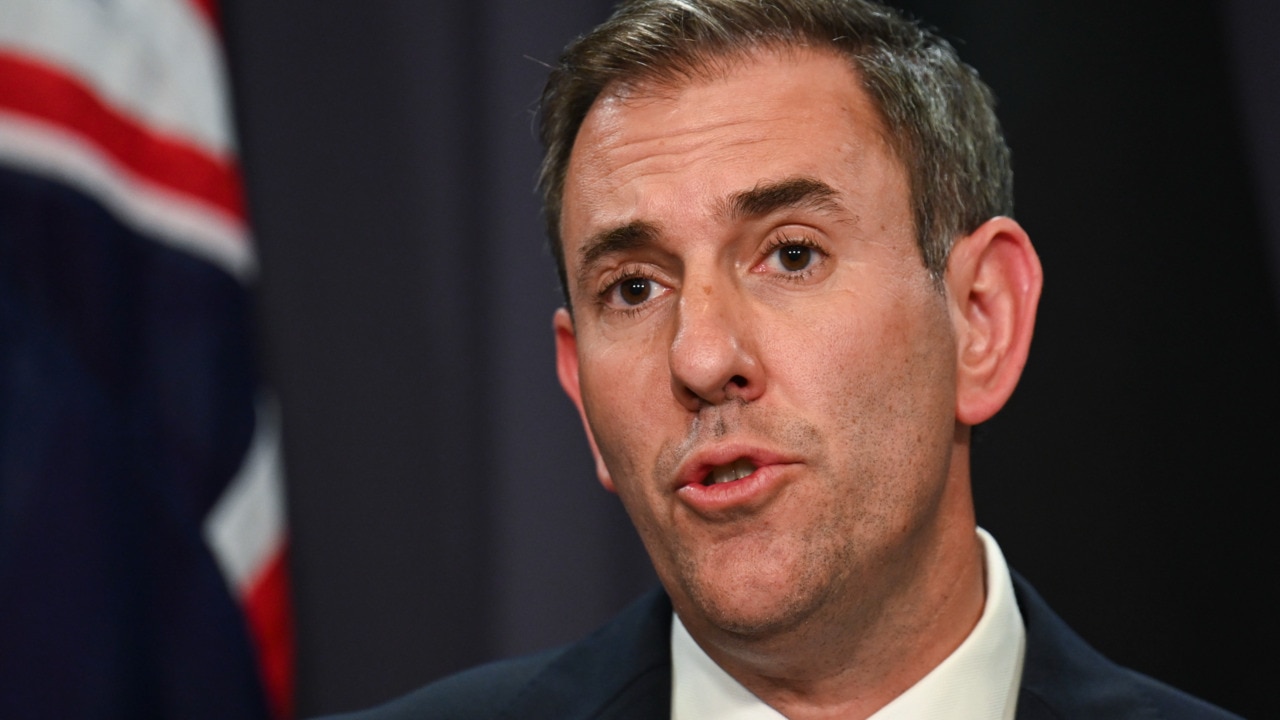Christmas reprieve as Reserve Bank holds rate at 4.35pc
The RBA’s last board meeting of the year provides a reprieve to families weeks out from Christmas, but comes with a warning from Michele Bullock.

The Reserve Bank has held rates at 4.35 per cent at its last board meeting of the year, giving mortgaged families some reprieve less than three weeks from Christmas.
The widely anticipated result caps a punishing year for mortgaged households after the central bank raised rates five times in 2023 as it battled to bring inflation back to its 2-3 per cent target range by the end of 2025.
In a statement, however, RBA governor Michele Bullock warned that interest rates might need to go still higher next year, saying “returning inflation to target within a reasonable timeframe remains the board’s priority”.
“Whether further tightening of monetary policy is required to ensure that inflation returns to target in a reasonable timeframe will depend upon the data and the evolving assessment of risks,” Ms Bullock said. “The board remains resolute in its determination to return inflation to target and will do what is necessary to achieve that outcome.”
As the Coalition redoubled its attacks in parliament on the Albanese government over the handling of the release of more than 100 detainees into the community – including dangerous criminals – Jim Chalmers said the rates decision was “welcome news”.
“The last thing that people needed at Christmas time was another rate rise,” the Treasurer said, after this week ruling out further cost-of-living support in next week’s mid-year budget update.
“We know that people are still doing it tough. We know that people are finding it difficult to make ends meet. But if you look at the recent data, if you look at the recent commentary, it’s very clear now that we are making welcome and encouraging progress in this fight against inflation,” he said.
National accounts figures on Wednesday are expected to show the economy remained resilient through the September quarter despite the battering from soaring cost of living and the sharp rise in interest rates.
Despite a record-breaking Black Friday sales period, Ms Bullock said rate rises were doing their job and slowing activity to achieve “a more sustainable balance between aggregate supply and demand”.
“The impact of the more recent rate rises, including last month’s, will continue to flow through the economy,” she said. “High inflation is weighing on people’s real incomes and household consumption growth is weak, as is dwelling investment.

“Holding the cash rate steady at this meeting will allow time to assess the impact of the increases in interest rates on demand, inflation and the labour market.”
Investors trimmed bets on a February rate rise, with the implied probability of a 14th hike falling from 33 per cent to 25 per cent in afternoon trade.
A surprisingly sharp drop in inflation in October – from an annual rate of 5.6 per cent in September to 4.9 per cent – bolstered hopes that consumer price growth would cool quickly in coming months.
But Ms Bullock played down the significance of the data, saying it only showed consumer price pressures were “continuing to moderate, driven by the goods sector”.
“The inflation update did not, however, provide much more information on services inflation,” which she said was proving more difficult to budge.
ANZ head of Australian economics Adam Boyton said he expected the RBA was done with rate hikes and would ease monetary policy in late 2024. “Before we get to that point, however, the risk of further RBA tightening cannot be ruled out,” Mr Boyton said.

Ms Bullock has struck a more hawkish tone in recent weeks, including branding inflation a “homegrown problem” that needs to be addressed through monetary policy and, despite “a lot of noise”, households “are actually in a pretty good position”.
With demand holding up, businesses have been able to pass on higher costs to customers rather having to swallow the hit to margins, Ms Bullock has said.
Most economists predict Wednesday’s national accounts will show real GDP growth lifted to 0.5 per cent, from 0.4 per cent in the three months to June.








To join the conversation, please log in. Don't have an account? Register
Join the conversation, you are commenting as Logout